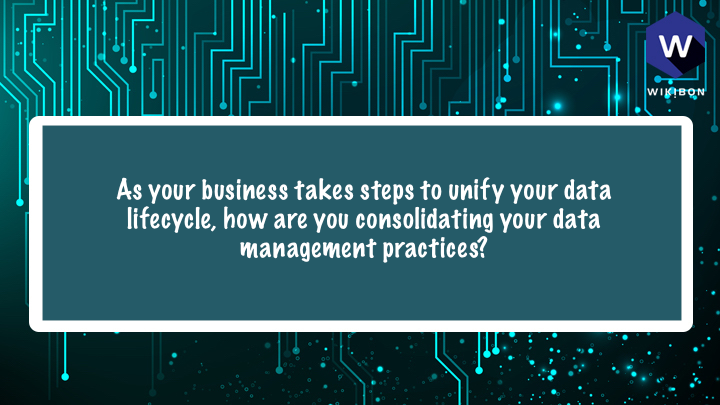As your business takes steps to unify your data lifecycle, how are you consolidating your data management practices? https://www.crowdchat.net/s/85tyd

Greg Kleiman
In a recent survey, we found the majority of IT professionals wanted to converge their primary and backup. Here's how they can do it. https://www.datrium.com/resources/converging-prima...

Sazzala Reddy
unifying the data lifecycle is the only way forward in the multi-cloud world. Otherwise, we are going to be land-locked.

bill crimmel
Less complexity leads to greater success and WINS when comes to the needs of "insta-data". Simplicity for the win.

jameskobielus
Consolidating data management practices usually means consolidating data management teams. But you only consolidate those practices if data ownership is at a higher level in the org than particular business units.

Greg Kleiman
More autonomous data management helps IT free up to focus on more strategic projects to help their business

Bryan Bond
one platform for all data needs, by the way, I don't manage storage anymore, but "data" that is another story and next on the list. Now that I can easily manage where it is can we start talking about how much there is and how we can reduce that?

Brian Biles
If you consolidate your practices around more silos of data product types, you can't really improve how you staff your practices. That comes from fundamental system rethinking, integration and automation














